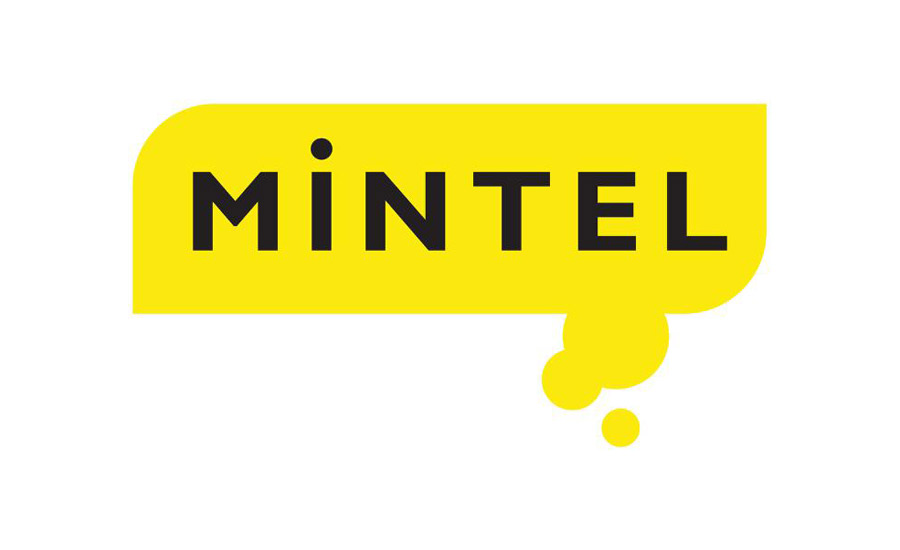The US accounts for about 5% of the global population and about 321 million people in 2015. Numbers increased, though at a much slower rate compared with global growth estimates and when compared to pre-recession years. The good news for population growth, however, is that the relatively large (and culturally diverse) Millennial generation is, in fact, having children. The actual number of births for 2013 is estimated to have increased for the first time since 2006.
Diversification and increasing multiculturalism continues. Non-Hispanic Whites account for the majority of the US population; however, their share is in decline while multicultural groups increase numbers more rapidly. A “majority minority” (when non-Hispanic Whites account for less than half the population) is expected by 2044.
The implications of shifting demographics go far beyond skin tone. The blending and borrowing across cultures will influence everything from food to music to politics. As diversity increases so might the expectation for increased acceptance and equality. However, it appears that the opposite may be the case as increased racial tensions have been at the forefront of the national conversation in the past few months.
The economy
In March 2015, the current bull market hit six years running, gaining more than 200% since it bottomed out in March 2009, making it the fourth-longest in history. While most of Europe struggles, the US economy is one of the only ones in the developed world that is growing.
Unemployment also continues to improve. The jobless rate in February 2015 (5.5%) is at the lowest level since May 2008. When compared with Europe, the US jobs situation is better than all but Germany (4.7% unemployment) and Austria (4.8%) and is on par with the UK (5.6%). In January 2015, about one in 10 people across the 28-nation Eurozone block were out of work.
Similar to consumer sentiment (which has trended up over the last seven years), Americans are feeling more confident in their own personal financial situations and anticipate further improvement over the coming year. Household spending expectations have stabilized post-recession with about one in five planning on spending “more” month-over-month. These factors point to increased spending in 2015.
The consumer
Stable spending perceived for most categories
Perceptions of spending are generally stable with, at a minimum, half who purchase in the category reporting they are “spending about the same” this year, compared to last year. However, people feel they are making noticeable cut-backs in indulgent categories such as dining out, alcohol, vacations, and leisure, indicating a continued perception of limiting non-essential spending – despite increasing expenditures in these areas which show otherwise.
More than any other category, spending on in-home food is perceived to have increased versus prior years. This is likely representative of rising food prices associated with specific food categories (eg grain, red meat, pork), as the market value increased just 2% versus 2013. Other household essentials such as healthcare products and household care also received a greater share of “spend more” versus “spend less” responses.
More than half find online review content influential to their purchases
The internet has become a lifeline – so to speak. When faced with a difficult question – or product choice – it’s often the first place many Americans turn to for research and opinions. Much like the long-running television quiz show Who Wants to Be a Millionaire, consumers are not on their own when making decisions and have a variety of “lifelines” available. Consumers can employ the process of elimination by excluding products with below-average ratings on review sites (“50:50”); user review sites provide a variety of opinions for consumers to consider (“Ask the Audience”); independent review sites offer unbiased reviews based strict evaluation criteria (“Ask the Expert”); and social media contacts are available to ask for advice or specific recommendations (“Phone a Friend”).
Online reviews are influential, but personal recommendations from friends and family trump reviews from unknown contacts. The majority agree that they would try a product with negative online reviews, if recommended by someone they know. And although online reviews can influence purchase, consumers remain skeptical of those that look too good to be true.
About half of respondents agree that their online reviews influence others’ choices, indicating that consumers may feel empowered by the reviewing process. Sharing opinions online can provide people with a sense that they have some stake in the success of a product or service that they love.
Online reviews can be a particularly powerful tool for marketers as reviews have the ability to impact consumers in early stages of the purchase cycle. Whereas pricing and distribution can influence decisions at the time of purchase, consumers likely seek out online reviews during the awareness and consideration phases. Bolstering review content can help marketers to ensure their product or service is added to a consumer’s consideration set before they move forward with a purchase.
American Consumer Study: Seeking Validation from an Online Collective
Bolstering review content can help marketers ensure their products are added to consumer sphere of consideration
